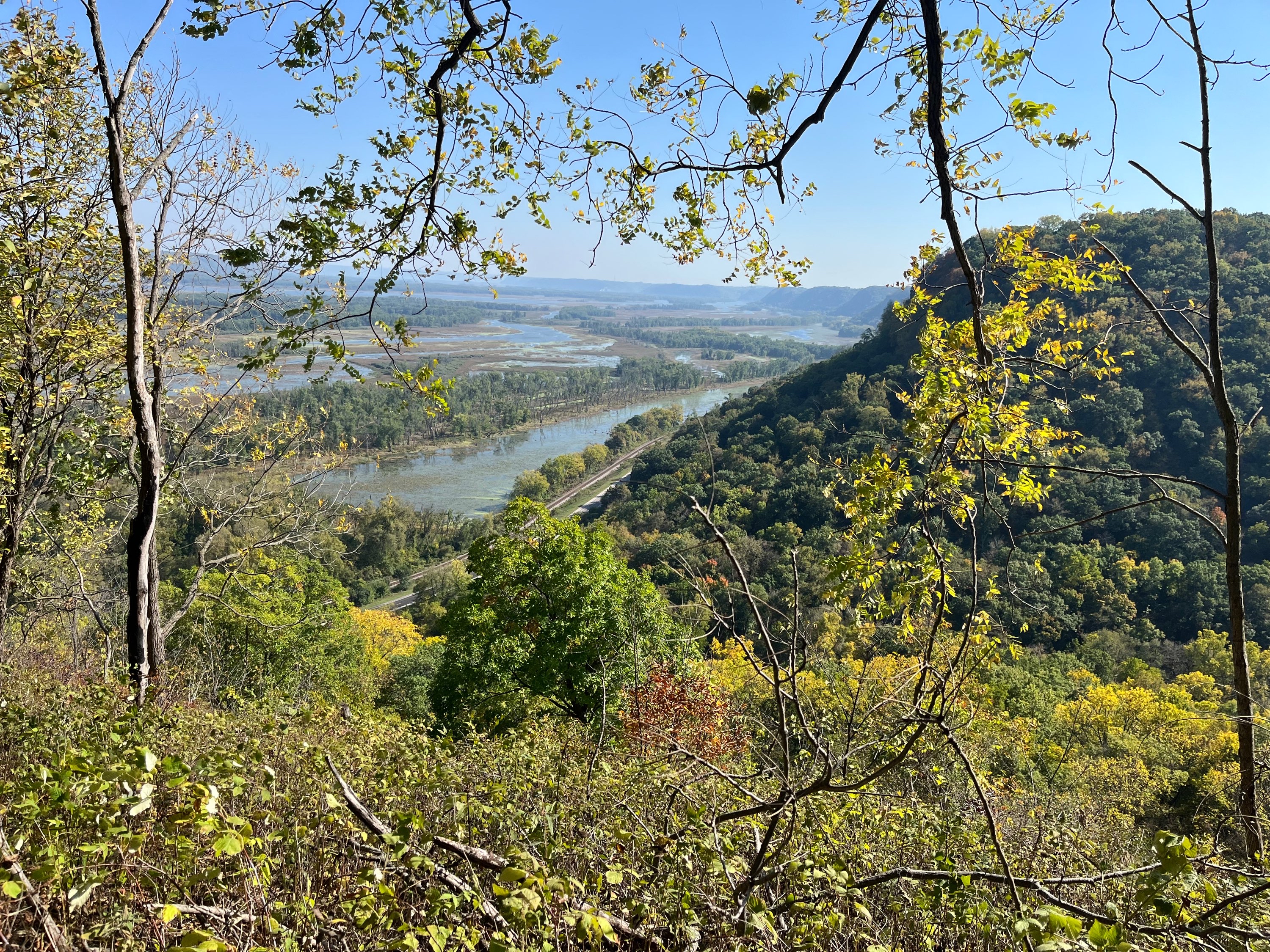Dangerous
- iowisota

- Jun 21
- 3 min read

We all weigh up risks as we make choices; at least we should! So what is dangerous? What is too dangerous??
Many of you know that our business insurance was not renewed in Spring because the company we worked with does not cover nature hikes. Apparently, the outdoors is too dangerous. After 3 months of grappling with the complexities of insurance, Iowisota is “back in business”, albeit with a better understanding of risk, danger and liability!
I have always been a cautious person, but sometimes the things I love most present the greatest risks. Consider trees. I love trees.

I love their stark silhouette in Winter, their fresh green in Spring, the thick cover they provide for birds in Summer, and the colorful show they put on in Fall. They give me syrup, nuts, and beautiful wood products. But when I go into the woods, I’m always looking up. Because trees are dangerous. They can drop deadly branches. This is why I avoid the woods on windy days, remove hazard trees along trails, and evaluate the paths I take through the forest. My key to risk management is to understand the danger and minimize it, not to avoid all risk. To avoid the forest would be dangerous to my emotional wellbeing!

The biggest risks I face in my forest are ticks and the diseases they carry, poison ivy rashes, wild parsnip burns, sunburn and dehydration. All of these are mitigated by personal precautions. I treat my clothing with tick repellent, check myself for ticks, and wear proper woodland clothing, sunscreen and a hat. And (usually) I remember to carry a water bottle. Given proper respect, the outdoors is not dangerous.
My life work in natural resources and my thrifty nature have led me deeply into foraging. Apparently foraging is considered by some to be dangerous. The dangers here could include damage to the resource and/or ill effects on human health. I’d rebut that the solution to both concerns lies in knowledge and respect. Most of the foragers that I know have a deep passion for the health of the resource. They understand that conscientious harvest of certain wild plants actually improves the health of the resource, they understand stewardship and honorable harvest. As for human health, the key is accurate plant identification and knowledge of both the nutritional and medicinal value of specific plants and plant parts. Learn your plants and don’t eat anything you don’t know well! Artificial intelligence shouldn’t be trusted for accurate identification of something, particularly something you plan to eat. Plant identification apps can be a valuable starting point, but they can be dead wrong! My personal rule for plants that I intend to eat is to get to know a plant well from observing it often and seeking information from multiple reliable sources. In-person classes and hikes with people who are willing to share their knowledge are valuable. I take informed risks, based on accumulated knowledge.
I encourage you to behave just as dangerously as me: Go hike in the woods or prairie. Look up and look down. Breathe deeply and listen closely. Understand the ecology of the resource. Learn to accurately identify plants. Know which plants are useful and abundant enough to harvest, and which should be left in place. Safety and danger are not mutually exclusive!



Comments